In a much-anticipated reveal, King Charles III’s first official portrait since becoming king has sparked widespread conversation. Public reactions and critics’ opinions are far from mild, igniting lively debates on social media and among art enthusiasts. It’s evident that King Charles’ portrait is poised to be one of the most discussed royal artworks in recent memory.
Revealing the artwork
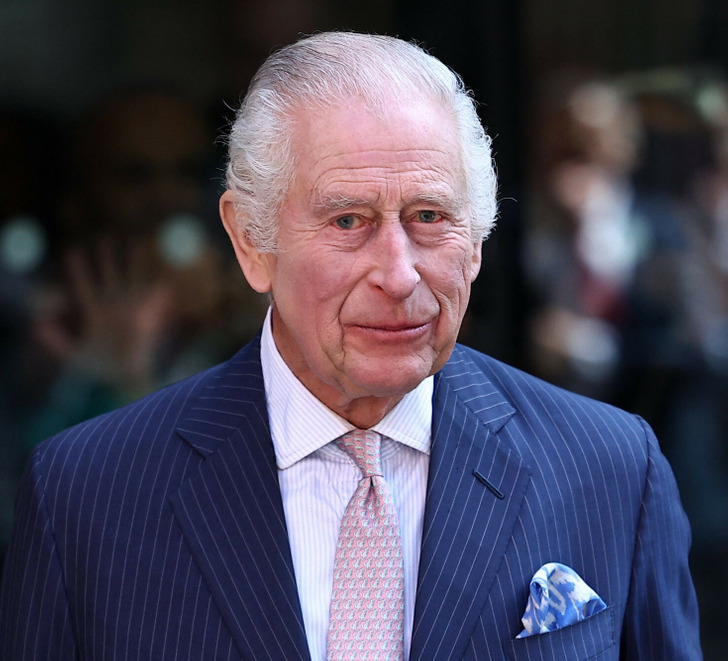
Recently, King Charles III revealed a new portrait of himself at Buckingham Palace, marking the first since his coronation. The Royal Family’s Instagram account posted an exclusive video showing the king presenting the artwork.
This notable portrait will eventually be showcased at Drapers’ Hall in London, joining its esteemed art collection and providing the public with a chance to see the monarch’s regal image.
The comments section quickly became a hotbed of debate.
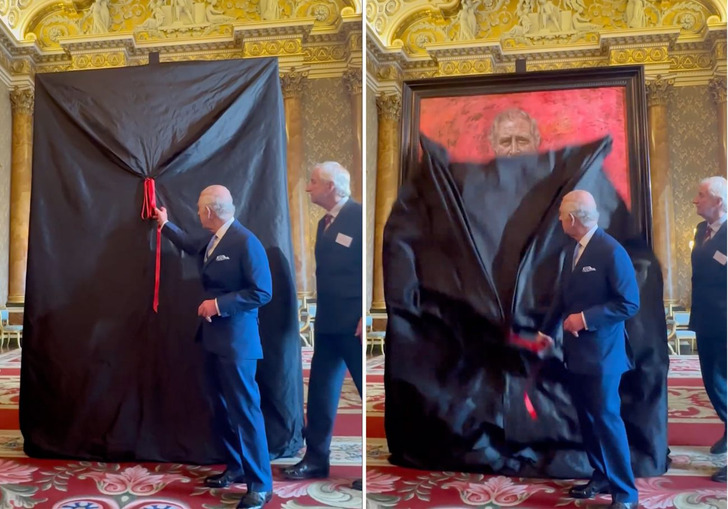
The unveiling ignited a heated debate in the comments on the Royal Family’s Instagram post and other social media platforms. Opinions were sharply divided, with some users harshly criticizing the portrait. Comments included, “I would be very upset and offended if this was my royal portrait. It looks like a floating head in a sea of red. This is awful. Horrendous.”
One person said, “This is terrifying. Red is ALWAYS a bad sign unless it’s roses. This looks like a blood bath,” while another added, “It looks like it’s on fire.”
Despite the negative feedback, there were also positive remarks such as, “I love the portrait. It’s beautiful.” These mixed reactions highlight the polarizing nature of the portrait and the strong emotions it has stirred among the public.
What it actually represents
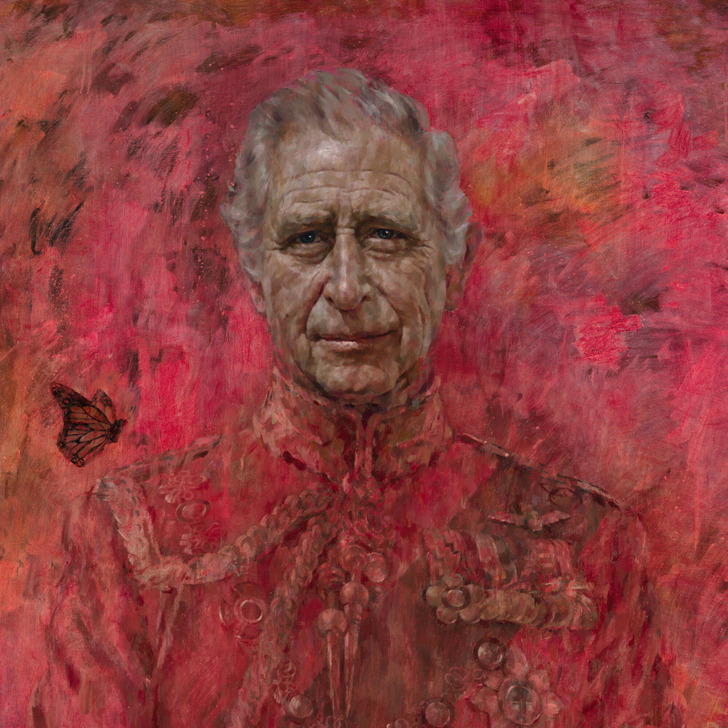
Jonathan Yeo, a well-known artist renowned for his innovative style in painting people, has gained praise for his ability to merge classic techniques with new ideas in portraiture. Yeo’s method involves more than just painting what someone looks like; he delves deep into the personalities of his subjects to capture their true essence.
In his latest work portraying King Charles III, Yeo stayed true to this approach. He aimed to strip away any distractions in the painting, focusing solely on allowing viewers to connect with the person behind the royal title. By spending time with the king and understanding him on a personal level, Yeo was able to create a portrait that goes beyond surface appearances and reveals the human within.
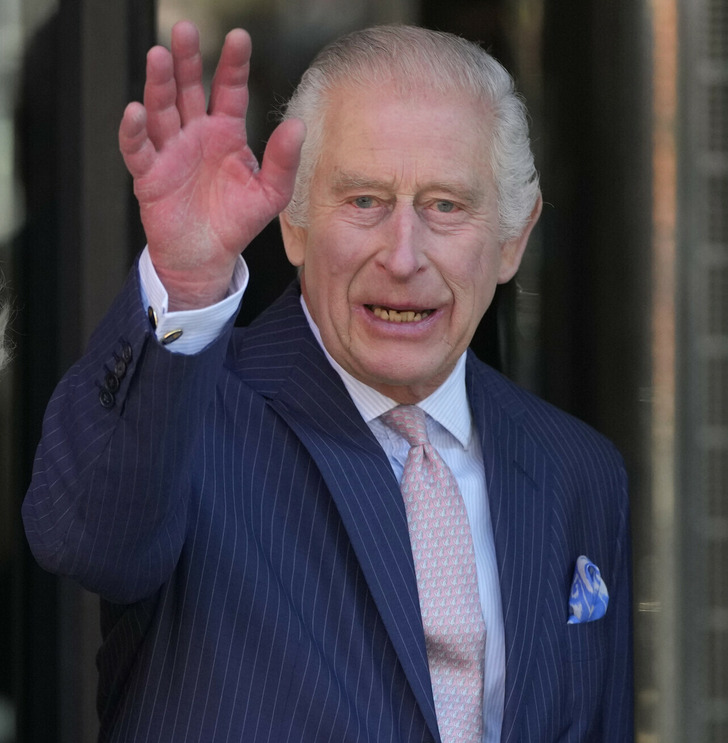
In Yeo’s portrait of King Charles III, one striking detail is the presence of a butterfly. This butterfly isn’t just a random addition; it holds deep symbolism and serves multiple purposes. Yeo explained that beyond representing the beauty of nature, the butterfly also highlights the environmental causes that the King has long supported, even before they became widely discussed.
Moreover, the butterfly adds visual interest to the portrait, breaking the uniformity and adding layers of meaning. In art history, butterflies often symbolize transformation and renewal, mirroring the King’s journey from Prince to monarch during the time the portrait was painted. This choice underscores the significant changes in King Charles’s life.
Yeo expressed his gratitude for the opportunity to create such an important portrait, “To try and capture that for His Majesty The King, who occupies such a unique role, was both a tremendous professional challenge and one which I thoroughly enjoyed and am immensely grateful for.”
Explore King Charles III’s life in-depth with 8 Things About King Charles III That Will Help Us Understand Him Better. Delve beyond his royal image to uncover intriguing insights into his interests, personal stories, and distinctive characteristics.
Tia Mowry shared a simple reason why she and her twin sister Tamera aren’t as close as they used to be, saying, “No hard feelings.”

Tia Mowry explained that when siblings grow up and start their own families, it’s normal for them to take on new roles and responsibilities in life. She mentioned this in an interview with People on Monday, after talking about their relationship earlier this month.
The “Sister, Sister” star recognized that Tamera has her own family, so it’s “normal” and “very natural” for them to focus on their own lives and families.
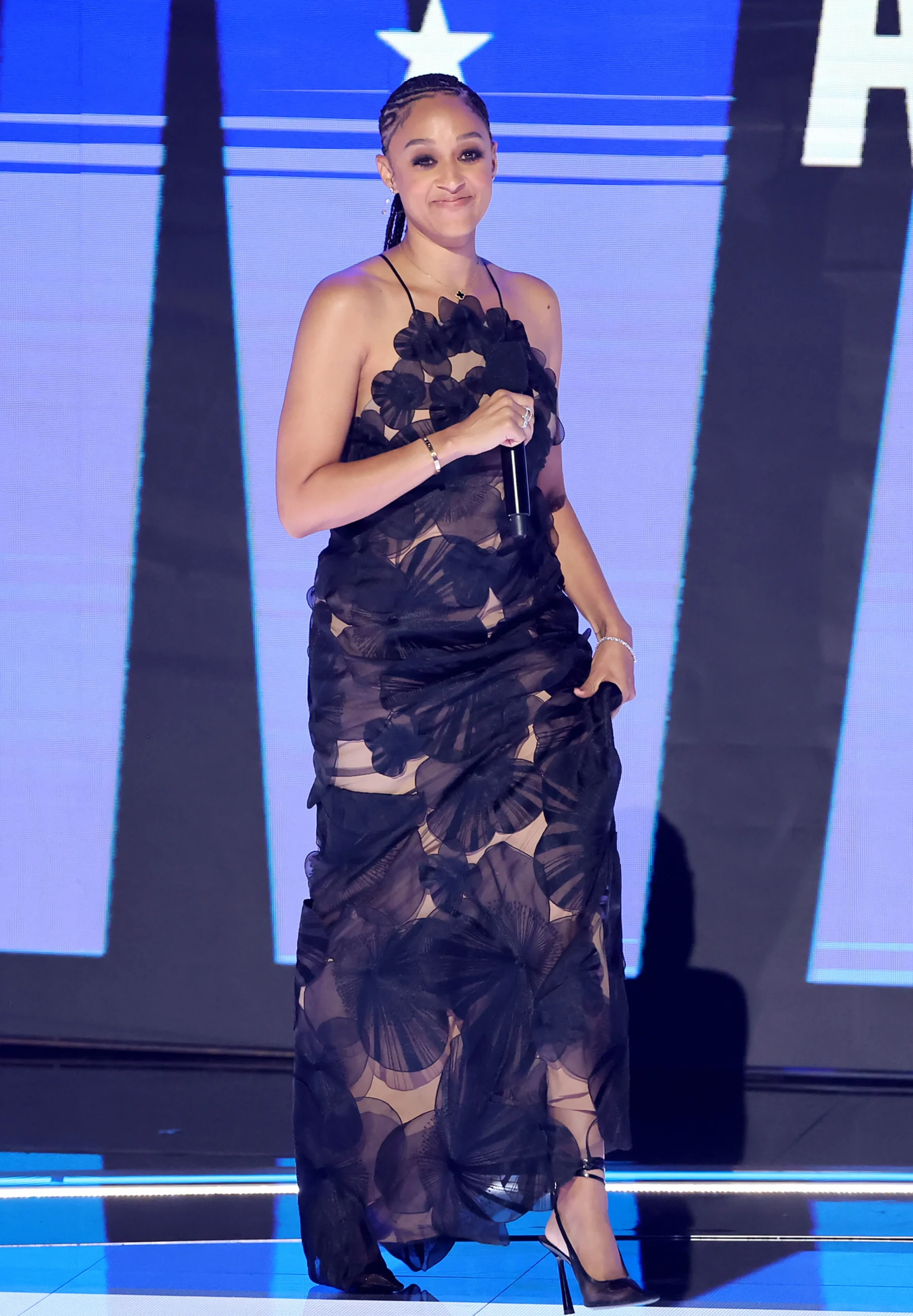
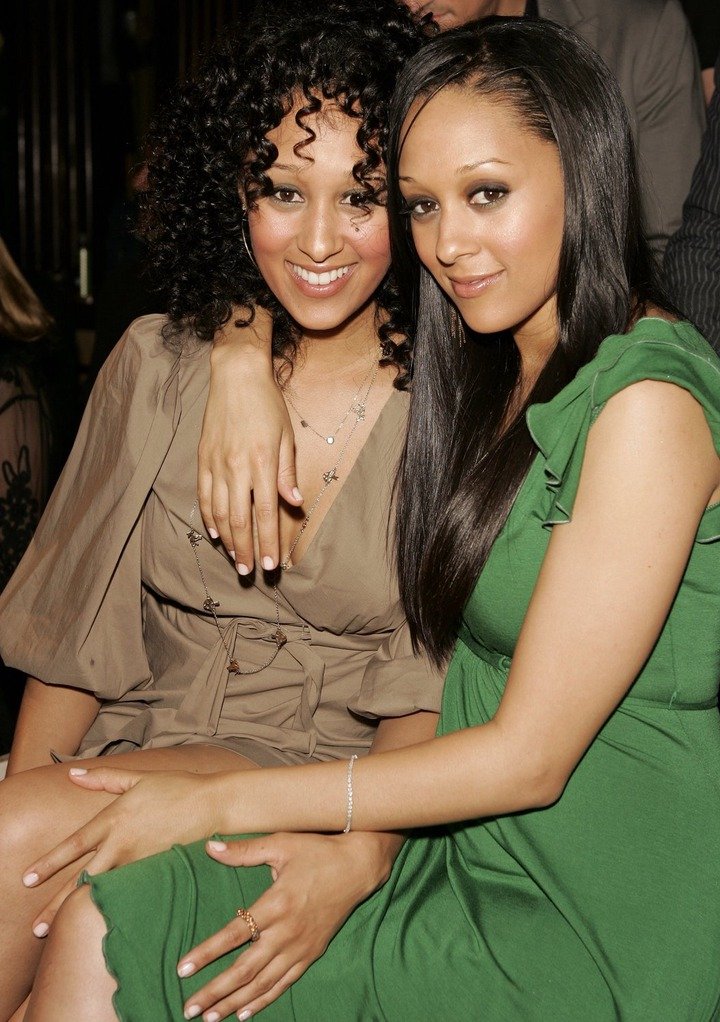
Tia Mowry said, “There’s a lot of love between us. We have a strong bond that will never go away.” She added that she and her sister have always been inspirational women, and that won’t change.
Tia, 46, emphasized that this situation is just a part of life. She explained, “People are starting their own families, and that’s okay.” She also mentioned, “There are no hard feelings.”


The star of “Tia Mowry: My Next Act” made news two weeks ago when she shared that she was having a hard time with “being alone” and not feeling “close” to Tamera during her divorce from Hardrict.
In a preview for her upcoming reality TV show, she said, “There are times when I wish my sister and I were still close and I could call her, but that’s just not where we are right now.”
After fans reacted strongly to her comments, the actress explained what she meant in an interview with Us Weekly.


Tia explained, “What I meant was that as we grow up, we start our own families, and their children need us. We take on new roles and responsibilities in our lives, and that’s what I was talking about.”
Tia, who is dealing with her divorce from Cory Hardrict, said she was finding it hard to handle this “transition” and wished her sister could be there to support her.
She added, “Sometimes you just want a hug and wish someone was as available as they used to be, but that’s not how life is.”
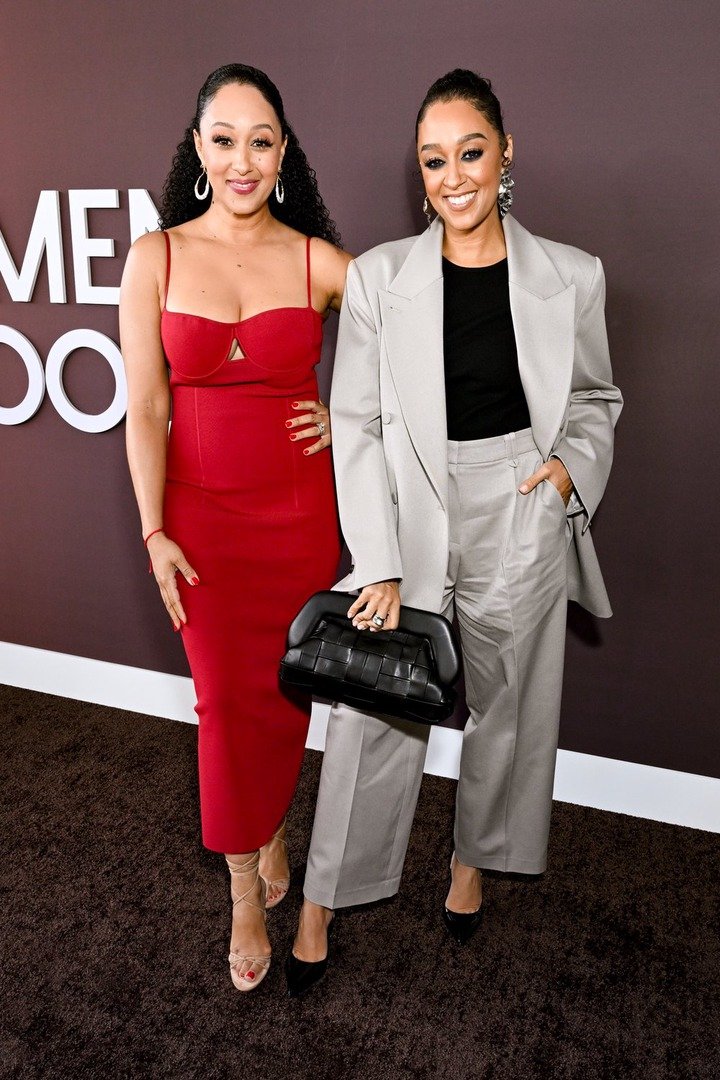

Tia said that no matter what people are saying, she and Tamera have a “beautiful connection” and love each other “very much.”
Tamera, who has kids Aden, 11, and Ariah, 9, with her husband Adam Housley, has not yet commented on her sister’s remarks.
The twin sisters became famous on the show “Sister, Sister,” which aired from 1994 to 1999. They also worked on several Disney shows and movies before moving into reality TV with “Tia & Tamera.”

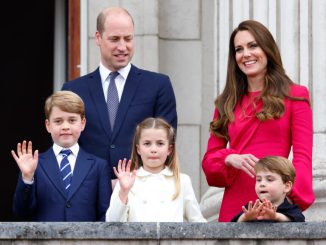

Leave a Reply